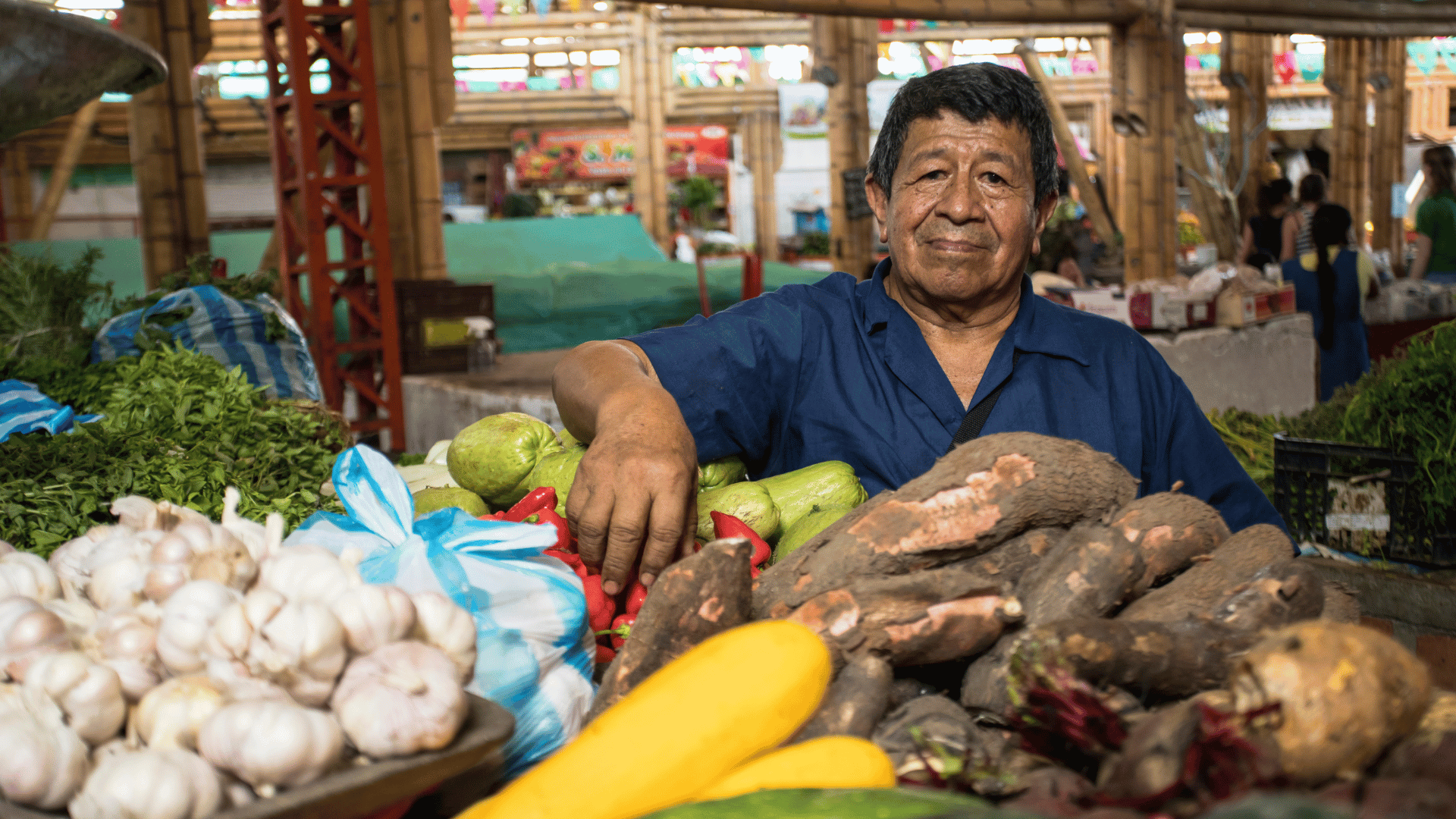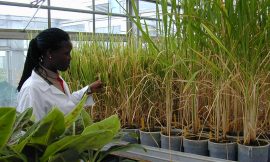Editor’s Note: Global food systems face a financing crisis, with an annual shortfall of up to $400 billion needed for transformation. Meanwhile, the hidden costs of food production—ranging from environmental damage to health impacts—amount to US$12 trillion each year. As donor priorities shift, can development aid be reimagined to build resilient, sustainable food systems? This piece explores the path forward for development communities across the world.
The 2024 Annual General Assembly (AGA) of the Global Donor Platform for Rural Development (GDPRD) convened amidst growing concerns over the future of food systems and rural development financing. With hunger and malnutrition still widespread, Official Development Assistance (ODA) remains critical, but its role must evolve to address emerging challenges. The AGA discussions underscored the need for more strategic, coordinated and catalytic financing approaches to maximise impact.
Key takeaways from the AGA
A growing financing gap
Despite reaching a historic high of $223.3 billion in 2023, ODA alone is insufficient to meet the estimated massive financing gap of $14 billion to $400 billion annually required for food systems transformation. The hidden costs of global food systems—including health, environmental degradation, and social impacts—are estimated at a staggering $12 trillion per year. Conflict, climate change, and economic instability have only exacerbated the financial shortfall.
The need for a catalytic approach
Traditional ODA models, characterised by fragmented and project-specific funding, are proving inadequate. The AGA discussions highlighted the need to leverage ODA strategically to attract additional public and private investment. Blended finance—where donor funds de-risk private sector investments—was identified as a key strategy to bridge financing gaps.
Enhancing coordination and transparency
Greater coordination among donors, international financial institutions and recipient countries is and will continue to be essential. The lack of harmonised data and reporting mechanisms continues to hinder accountability and resource allocation. Strengthening financial transparency and donor alignment can optimise impact and reduce inefficiencies.
Policy reform and public-private alignment
Public sector investment remains crucial, but current agricultural subsidies and support mechanisms need to be restructured to prioritise nutrition, sustainability and climate resilience. Donors must also push for reforms within international financial institutions and national governments to create a more favourable policy environment for food systems transformation.
ODA in 2025: Navigating a shifting landscape
The global development finance ecosystem is undergoing rapid changes, driven by shifting political priorities, economic pressures and escalating crises. These trends have direct implications for ODA and donor coordination in food systems and rural development.
Rising geopolitical tensions and national interests
Many donor governments are prioritising national interests over global solidarity, leading to cuts in development budgets and a shift towards bilateral aid over multilateral cooperation. This trend risks further fragmenting development financing and reducing the predictability of aid flows.
Increased competition for limited resources
With ongoing humanitarian crises, migration challenges, and climate disasters, development budgets are increasingly being redirected towards emergency response, leaving rural development and food security underfunded. The challenge is to balance short-term humanitarian needs with long-term development goals.
Growing scrutiny over aid
Public scrutiny over how development funds are used is intensifying, with taxpayers demanding more transparency and accountability. Donors must demonstrate not just the moral imperative of ODA but its strategic value in fostering economic stability, food security and global health resilience.
The role of global forums in reshaping ODA
The upcoming Fourth International Conference on Financing for Development (FfD4) in June 2025 will be a crucial moment for redefining development finance. However, with ODA increasingly stretched across competing global priorities, the question remains whether it can sustain food systems financing at the necessary levels.
What lies ahead for food systems and nutrition?
To secure more funding, food systems must be reframed not as a problem but as an opportunity. Investing in sustainable food systems offers significant economic, social and environmental returns, including job creation, improved health outcomes and climate resilience. Governments, donors, development finance institutions and the private sector must work together to build integrated financing ecosystems. Greater collaboration can help align funding sources, improve risk-sharing mechanisms and drive systemic change.
Future ODA should prioritise localised interventions that empower smallholder farmers, support agroecological practices and enhance food value chains. Climate finance must also be better integrated into food systems funding, given the sector’s significant role in both contributing to and mitigating climate change.
The 2024 AGA reinforced that while ODA remains a critical tool for food systems transformation, its traditional models are no longer sufficient. The global development community must rethink aid strategies to be catalytic, coordinated and innovative.
ODA should leverage partnerships, attract new funding sources and drive systemic change rather than simply fill financial gaps. As we move towards 2025 and beyond, decision-makers must recognise that food systems and nutrition should not be an afterthought in global development finance; they are a cornerstone for global stability, economic growth and human well-being.
The question now is not whether we can afford to invest in food systems transformation but whether we can afford not to.
Cover image from the International Center for Tropical Agriculture (CIAT).





